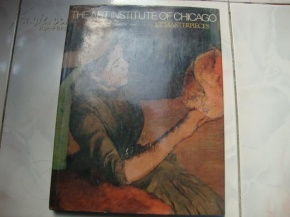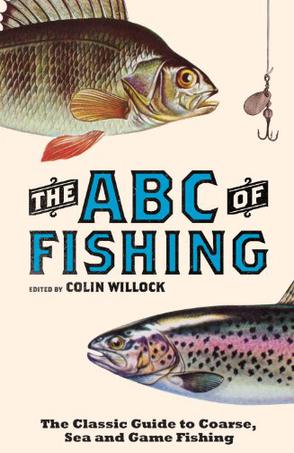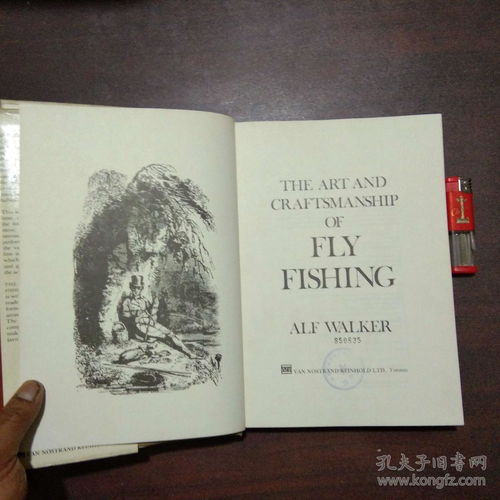Content:
Introduction: Fishing, an age-old pastime, has always been a popular activity among enthusiasts. With the advancements in technology, learning the art of fishing has become more accessible than ever. One of the most popular methods of fishing is using a handheld rod, which offers a unique blend of simplicity and effectiveness. In this article, we will delve into the essential techniques for mastering the art of handheld rod fishing, accompanied by a comprehensive video guide to help you get started.
Choosing the Right Handheld Rod: The first step in mastering handheld rod fishing is selecting the right equipment. Here are some factors to consider when choosing a handheld rod:
- Length: The length of the rod should be appropriate for the type of fish you are targeting. Longer rods are better for casting over long distances, while shorter rods are more versatile for close-range fishing.
- Action: The action of the rod refers to how it bends when pressure is applied. Fast-action rods are ideal for light tackle and quick strikes, while slow-action rods are better for heavy-duty fishing.
- Material: rods are typically made from materials like graphite, fiberglass, or a combination of both. Graphite rods are lightweight and sensitive, while fiberglass rods are more durable and forgiving.
Attaching the Line and Lure: Once you have selected the perfect rod, it's time to attach the line and lure. Here's a step-by-step guide:
- Attach the line to the rod's reel seat using a line guide or a swivel.
- Thread the line through the rod's guides, ensuring it is straight and taut.
- Tie a knot at the end of the line, such as a Palomar knot or a clinch knot, to secure the lure.
- Attach the lure to the line using a split ring or a snap swivel.
Casting Techniques: Casting is a crucial skill in handheld rod fishing. Here are some casting techniques to help you improve your accuracy and distance:
- Backcast: Hold the rod at a 45-degree angle, then pull the line back with your thumb and index finger. Swing the rod forward, releasing the line as it reaches the desired distance.
- Forward Cast: Similar to the backcast, but with a slightly different timing. Release the line just before the rod reaches the target, allowing the lure to land softly.
- Roll Cast: This technique is useful for casting into tight spots or when the wind is blowing. Hold the rod low and roll the line forward with your wrist, releasing the line at the last moment.
Baiting and Lure Selection: Choosing the right bait or lure is essential for attracting fish. Here are some tips:

- Understand the habits and preferences of the fish you are targeting.
- Use natural baits like worms, insects, or small fish, or artificial lures like spinners, jigs, or crankbaits.
- Experiment with different colors, sizes, and shapes to see what works best in your fishing environment.
Setting the Hook: Once a fish takes the bait, it's crucial to set the hook properly to ensure a successful catch. Here's how:
- As soon as you feel a tug on the line, reel in gently to set the hook.
- If using a bait, give it a few twitches to trigger the fish's strike.
- If using an artificial lure, allow it to sink or swim naturally until the fish strikes.
Playing and Landing the Fish: Once you've hooked a fish, it's time to play and land it. Here are some tips:
- Keep the rod tip low and maintain a steady pressure on the line to tire the fish.
- Avoid unnecessary movements that may spook the fish.
- Once the fish is close to the boat or shore, use a net or your hands to gently guide it into the boat or onto the shore.
Conclusion: Mastering the art of handheld rod fishing requires practice, patience, and a good understanding of the techniques involved. By following the comprehensive video guide provided in this article, you'll be well on your way to becoming a skilled angler. Happy fishing!












